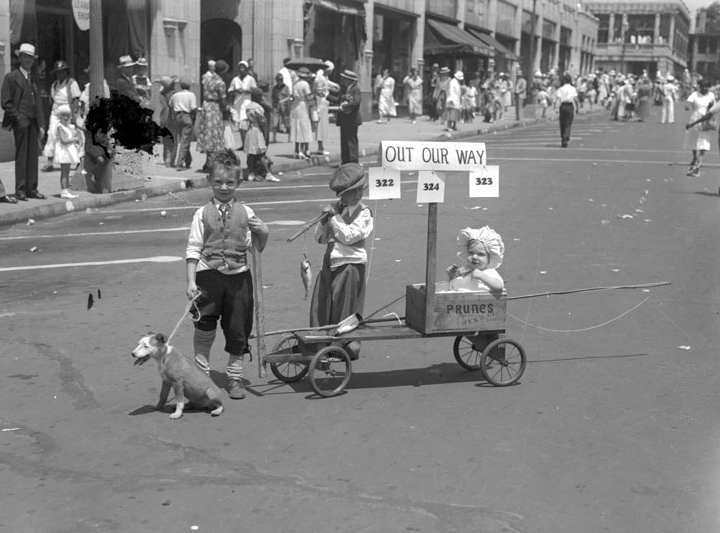“There are more than 40,000,000 homeless dogs and cats in the United States,” wrote Mrs. Fred Hester in a letter published in the May 5, 1957, edition of the Asheville Citizen-Times. “Many people, finding it impossible to find homes for the animals they permitted to be born but are unwilling to keep, resort to drowning, abandonment and other inhumane acts[.]”
Hester stressed the dire circumstances that arose from overbreeding throughout her piece:
“The gnawing pains of hunger, penetrating cold in winter or thirst in soaring temperatures, mutilating injuries, the agony of severe illnesses, the sheer exhaustion of trying and failing to escape the many and dreadful forms of anguish that pursue them — this is what animal owners inflict on dogs and cats while they continue to breed an oversupply.”
By letter’s end, Hester implored readers to spay their female pets. As a resource, she directed residents to a recent leaflet published by the Humane Society.
For the next few decades, the local paper continued to feature occasional articles and letters regarding animal population control. In one particularly colorful piece, published in the Nov. 23, 1958, Sunday edition of the Asheville Citizen-Times, local veterinarian E.L. Shuford warned of the “potential menace,” commonly found in communities overrun by homeless dogs and cats.
Fortunately for readers, the veterinarian wrote, “Buncombe County and Asheville are far ahead of many communities in control measures.” According to Shuford, the county employed four dog catchers and had three trucks in operation, as well as “a fair sized building … to house homeless animals.”
Still, Shuford argued, it was the duty of citizens, not local government, to limit the number of strays:
“The responsibility for our vast country rests squarely upon the shoulders of the person who breeds puppies and kittens that he cannot or will not take care of, and upon those owners who allow their bitches through negligence or indifferent, to breed promiscuously.”
A similar, albeit more subdued letter, appeared in The Asheville Citizen on April 18, 1962. Irid Wilson of Hendersonville bemoaned the rate of euthanized cats and dogs. “[A]gencies are killing the homeless animals somewhere nearly as fast as they are born,” she wrote. To allow such a pattern to continue was cruel, she proclaimed: “This has been called a blot on a humane nation, and a burden on all those who constantly try to remedy the situation.”
By the mid-1970s, as the spay and neuter movement slowly picked up steam across the county, local resident Susan Elbasher offered her ideas on the topic in a Jan. 24, 1976, letter to the editor. She argued against animal shelters as the solution, claiming they were a breeding ground for the spread of disease.
Instead, Elbasher called on residents to act. Veterinarians, she wrote, should volunteer one hour each week to administering to strays. Meanwhile, if every pet owner paid 50 cents a year to cover the costs associated with treating these animals, “much of the problem would be eliminated,” Elbasher wrote.
“A small tax allocation should go for spaying and attending homeless animals until there are no more,” she continued. “People have Medicaid. Homeless animals should have Medipet-Medical Aid to Homeless animals.”
Elbasher concluded her letter with a question: “Who will take the first step? Veterinarians, pet owners or shall we continue to leave it all up to the helpless animals raiding your trash cans?”
Editor’s note: Peculiarities of spelling and punctuation are preserved from the original documents.




OK XPress. That image on the homepage tricked me into clicking on this article. Sort of a modern equivalent of the greatest magazine cover of all time? Well played, XPress. Well played.
https://imgc.allpostersimages.com/img/print/u-g-PFF5GK0.jpg?w=550&h=550&p=0